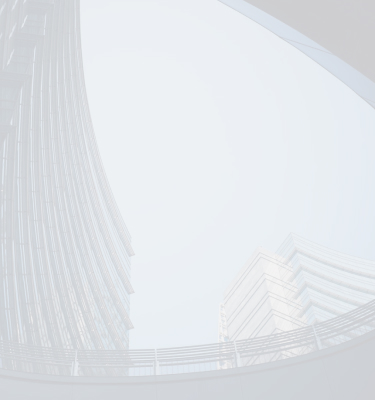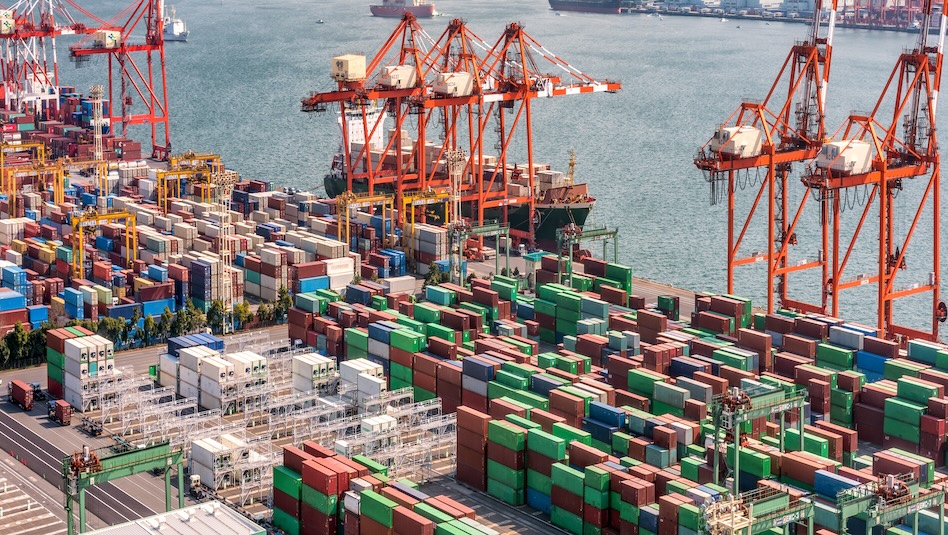Access this content:
If you are an existing investor, log in first to your Metrobank Wealth Manager account.
If you wish to start your wealth journey with us, click the “How To Sign Up” button.

Fundamental View
AS OF 13 Nov 2025Bank of the Philippine Islands (BPI) is the 3rd largest bank in the Philippines by assets.
We view the bank as too big to fail given its systemic importance in the country. There is also a strong probability of support from the government in addition to its main shareholder, the Ayala Corporation if needed.
BPI has a long history, and we view it as a fundamentally sound bank with strong and improved profitability, and comfortable liquidity. Capital management however has become less conservative, and while asset quality is relatively well managed, we are keeping an eye on strong growth in the non-wholesale book.
Business Description
AS OF 13 Nov 2025- The history of the Bank of the Philippine Islands traces back to 1851. It is the oldest bank in the Philippines and South East Asia. It was first listed on the Philippine Stock Exchange in 1971, and became a universal bank in 1982.
- Ayala Corporation, one of the biggest conglomerates in the country, became BPI's dominant shareholder in 1969. Ayala Corp still holds a 49% stake in the bank.
- BPI has been acquisitive across the years. It merged with Far East Bank and Trust Company and acquired Ayala Insurance Holdings Corp in 2000. It acquired DBS Bank Philippines in 2001 and Prudential Bank Philippines in 2005. DBS was a shareholder of BPI but exited its position in 2013. More recently in January 2024, it completed the acquisition of the Gokongwei conglomerate's Robinsons Bank.
- The bank is predominantly a corporate bank with 69% of its loan book outstanding to corporates, and the balance to MSME and retail as of 3Q25. Management is keen to skew the loan mix further towards MSME and retail.
Risk & Catalysts
AS OF 13 Nov 2025Direct impact from US tariffs is limited given that the Philippines is not a major goods exporter, but there will be second order effects from a slowdown in regional and global growth.
The recent public infrastructure graft scandal will dampen government spending and private investment over the next couple of quarters, weighing on GDP and corporate loan growth. A prolonged hit to sentiment would exacerbate these effects and put pressure on asset quality.
Further BSP rate cuts are likely to support growth, which will pressure the NIM. BPI, however, remains on track for NIM expansion this year, driven by a pivot toward higher-yielding retail/MSME lending, RRR reductions, and reduced liquidity drag. We see asset quality risks from the strong focus on unsecured retail and MSME growth, but BPI’s wholesale-focused book (69% of total loans) provides comfort and provisioning capacity is strong.
Any rating downgrade of the Philippine sovereign would negatively impact BPI.
Key Metric
AS OF 13 Nov 2025| PHP mn | FY21 | FY22 | FY23 | FY24 | 9M25 |
|---|---|---|---|---|---|
| PPP ROA | 2.01% | 2.41% | 2.52% | 2.78% | 3.02% |
| Reported ROA (Cumulative) | 1.10% | 1.59% | 1.93% | 1.98% | 2.02% |
| Reported ROE (Cumulative) | 8.4% | 13.1% | 15.4% | 15.1% | 15.0% |
| Net Interest Margin | 3.30% | 3.59% | 4.09% | 4.31% | 4.60% |
| CET1 Ratio | 15.8% | 15.1% | 15.3% | 13.9% | 14.9% |
| Total Equity/Total Assets | 12.1% | 12.2% | 12.4% | 13.0% | 13.7% |
| NPL Ratio | 2.49% | 1.76% | 1.84% | 2.13% | 2.29% |
| Provisions/Loans | 0.91% | 0.58% | 0.22% | 0.32% | 0.68% |
| Liquidity Coverage Ratio | 221% | 195% | 207% | 159% | n/m |
| Net Stable Funding Ratio | 155% | 149% | 154% | 146% | n/m |
Our View
AS OF 19 Nov 2025BPI is the third largest bank in the Philippines with a long history. Its traditionally conservative approach has led to a loss of loan market share in the past, as well as a lower NIM than BDO and MBT. Recent brisk expansion in higher yielding retail and MSME loans has strongly improved profitability levels and driven NIM expansion despite rate cuts. While asset quality has slipped with the loan mix shift, it remains acceptable. However, we are watchful of risks from the strong growth in the non-wholesale book as provision reserves have been pared down to lower levels than peers. Still, we are overall comfortable with BPI given the large wholesale book (69% of loans) and underwriting record, strong provisioning capacity and comfortable liquidity. We have BPI on U/P from an RV standpoint.
Recommendation Reviewed: November 19, 2025
Recommendation Changed: May 21, 2025
Featured Issuers
Bank of Philippine Islands

SK Hynix

Hyundai Motor










 DOWNLOAD
DOWNLOAD



